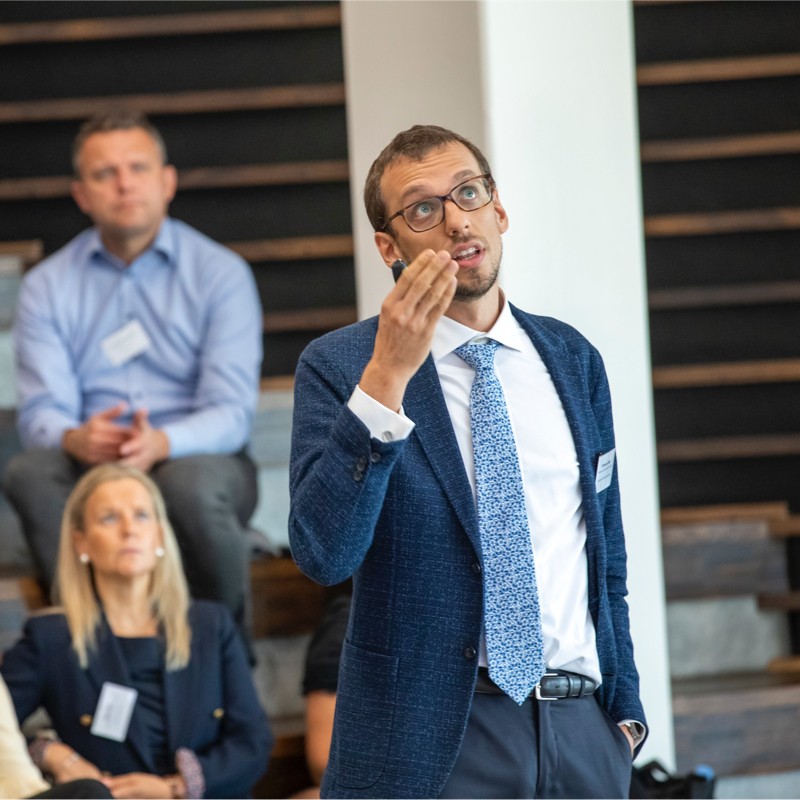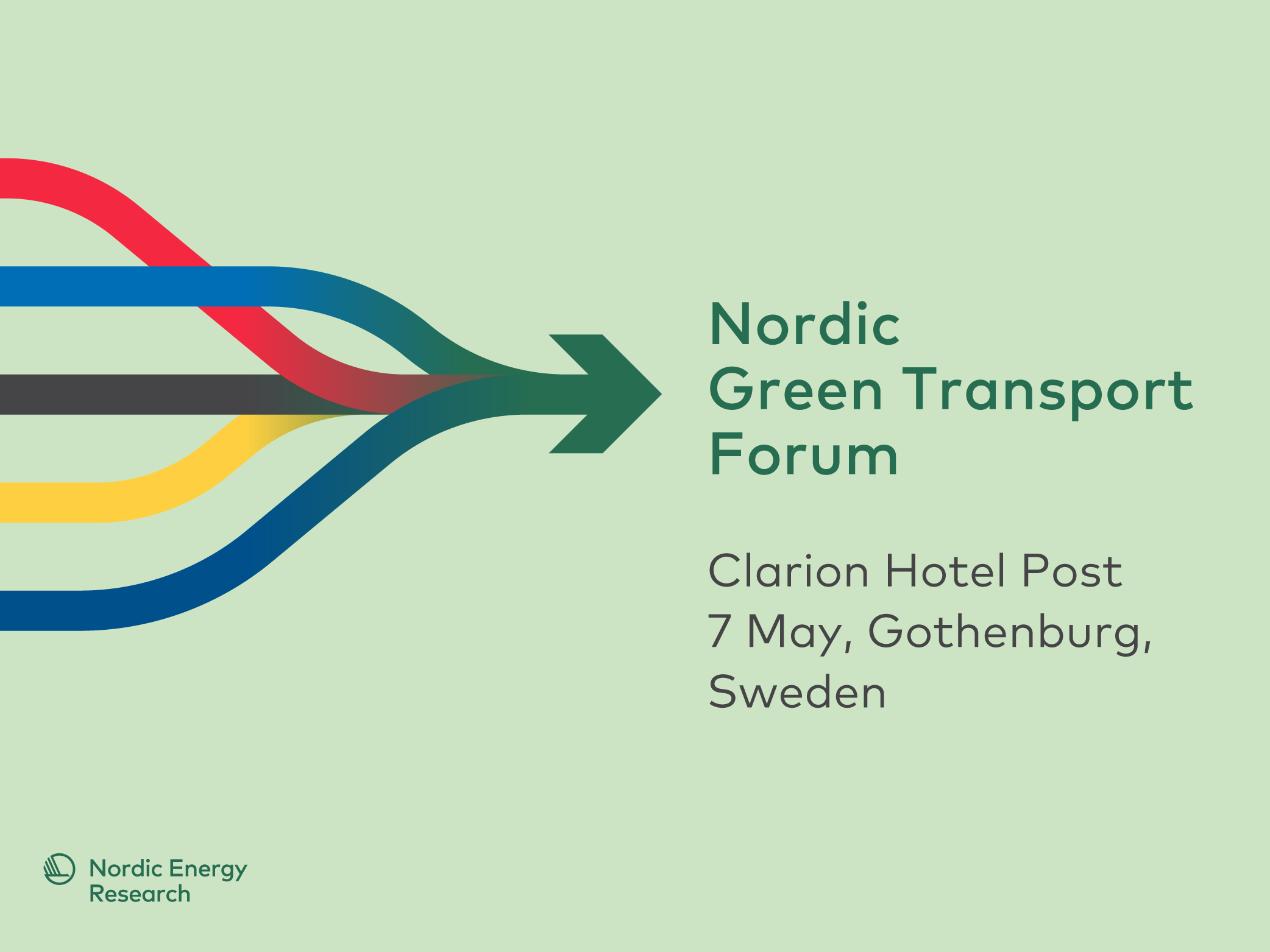
Digitalisation has the potential to enable a sustainable transition
Transportation is vital for maintaining high welfare and integration in the Nordic countries. However, the transport sector accounts for a quarter of the EU's total greenhouse gas emissions, according to the…
Transportation is vital for maintaining high welfare and integration in the Nordic countries. However, the transport sector accounts for a quarter of the EU’s total greenhouse gas emissions, according to the European Environment Agency, EU. In addition, the need for transportation is predicted to increase in the future. How can we make our transport practices more sustainable?
Tommaso Selleri, Expert in Climate Change, Energy, and Transport at the European Environment Agency, will hold a session on Status on Green Transport in the EU and Digitalisation at the Nordic Green Transport Forum on 7 May in Gothenburg, Sweden. Nordic Energy Research asked him to elaborate on this engaging topic in advance of the forum.

Tommaso Selleri, Expert in Climate Change, Energy, and Transport at the European Environment Agency, EU.
How can we accelerate the green transition of transportation while meeting the needs of people and businesses?
The mobility system is called to realise a significant transformation along three main directions: energy transition, digitalisation, and demand management. Digitalisation, as we showed in our last Transport and Environment report, plays an ever-increasing role in our mobility and can be an enabler for its green transition. Indeed, progressively more complex, capable, and affordable digital technologies are increasingly common, and are shaping the evolution of the sector and how we address mobility in our society. Digitalisation has the potential to support a sustainable transition of the mobility system, promoting positive behavioural shifts, fair business models and system(s)-wide optimisation possibilities.
Your session is focused on green transport in relation to digitalisation. Why is it essential to discuss the connection between these topics?
Digitalisation has the power not only to do more but also to do things differently. It can foster creative approaches to tackling the climate and other environmental problems we currently face, providing that this transition is guided and closely monitored by policymakers and institutions. Indeed, digitalisation can worsen the pressures exerted on the environment, increasing demand for transport due to improved efficiency or reduced costs and increasing the attractiveness of less sustainable personal mobility modes such as private cars. To realise the potential that digital technologies can bring, it will be fundamental to keep our natural environment at the centre; only in this way can we achieve a sustainable and just transition.
“Cooperation will be fundamental to realize the green transition of the sector”
From an EU perspective, how can Nordic cooperation on green transportation contribute to the EU’s climate objectives?
The climate problem we must solve is intrinsically transboundary and calls for cooperation at all possible levels. In this context, the transport sector must still deliver on GHG emission reduction to make it possible to reach our shared EU climate objectives, as also shown in our last Trends and Projections in Europe report. As already discussed, several challenges lie ahead and all of them will require coordination, shared and common solutions, and integration of different mobility systems. Cooperation on these aspects will be fundamental to realize the green transition of the sector. This is why, at the European Environment Agency we collaborate with the European Environment Information and Observation Network and its 38 member and cooperating countries. EEA and Eionet gather and develop data, knowledge, and advice to policy makers about Europe’s environment and mobility sector.

Secure your spot at the forum
The Nordic Green Transport Forum is arranged by Nordic Energy Research, on behalf of the Nordic Council of Ministers. The forum is open to the public but registration is requried.

